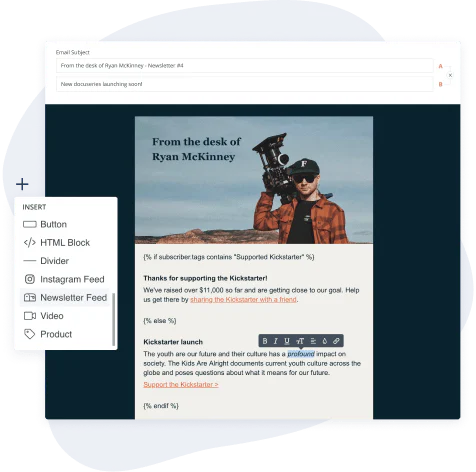A daily dose of Stoicism: How author Ryan Holiday doubled his email list one newsletter at a time
Updated: September 07, 2024
16 min read

Build a loyal community with newsletters
With a free Kit account you can share what you love on a consistent basis with your newsletter to connect with your followers and grow your business.
Create your free newsletter
Kayla Voigt
Always in search of adventure, Kayla hails from Hopkinton, MA, the start of the Boston Marathon. When she's not using words to help businesses grow, she's probably summiting a mountain or digging into a big bowl of pasta. Like what you're reading? Come say hi: http://www.kaylalewkowicz.com (Read more by Kayla)


